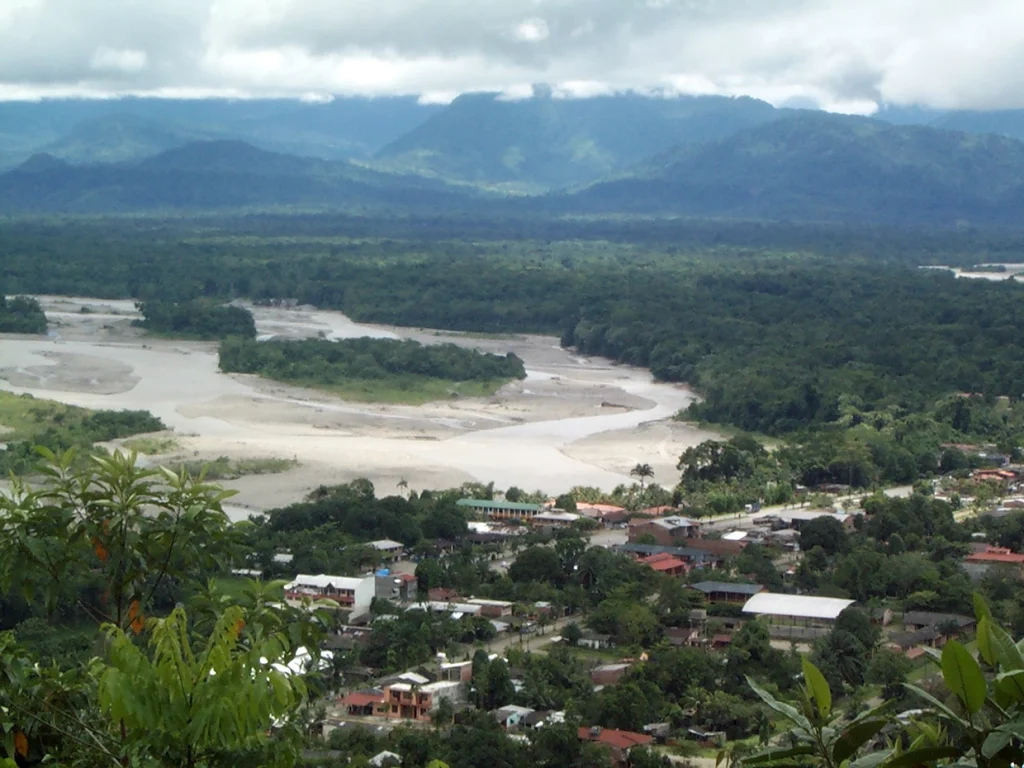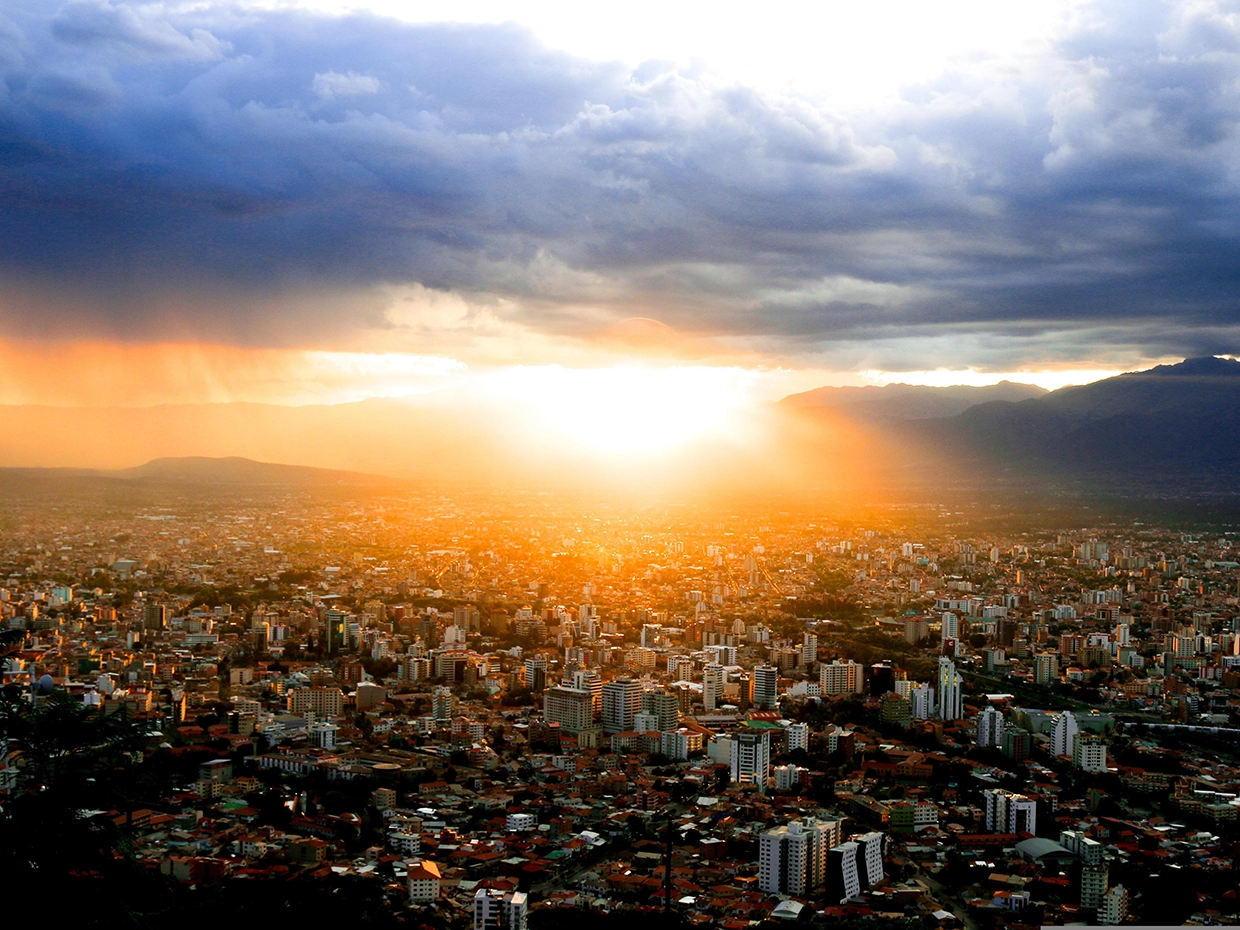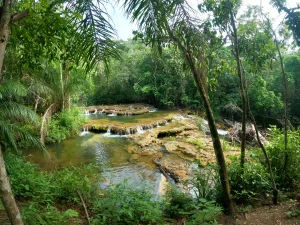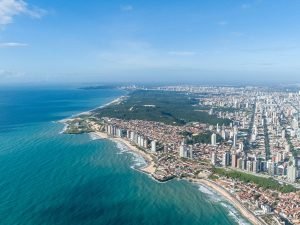Due to its geographical location, the Bolivian city of Cochabamba links the highlands, the puna and the southern valleys. From bustling markets to peaceful parks, this city has something for everyone.
Contents
Christ of Concord
It is a statue of Christ that dominates the skyline of Cochabamba and It is one of the most important icons of the city, located on the San Pedro hill, at a height of 265 m above the city.
It was designed by César and Wálter Terrazas Pardo and constructed entirely of cement and concrete. The total length of the monument is more than 40 m and offers a stunning view from the top of the hill.
It represents the protection of the Christ of Concord over the city of Cochabamba, and the hospitality of the inhabitants of this city. The peculiarity is that the image has stairs inside, through which you can ascend to the upper part until you reach the arms. From different openings, you can have different views of the valley and city of Cochabamba. There is a cable car that takes you to the base of the Christ and then you pay to enter the statue.
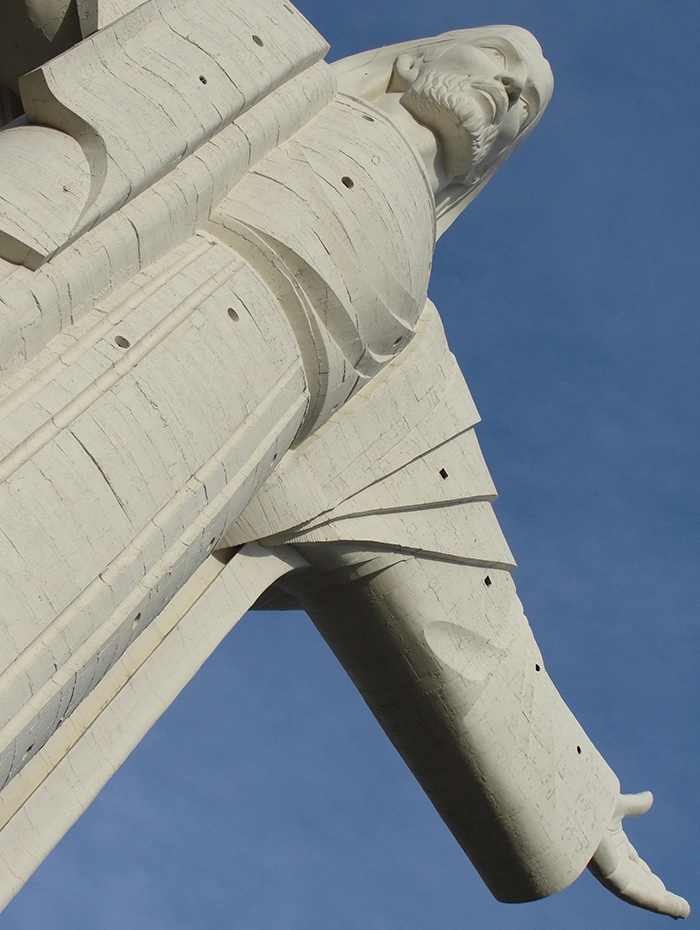

14 de Septiembre Square
Flanked by buildings that represent state and religious power in the city It is the main square of Cochabamba.
Around the square are the Metropolitan Cathedral of San Sebast, Former National Bank of Bolivia, Municipal Mayor’s Office of Cochabamba, Municipal Council of Cochabamba and the Church and Convent of San Francisco among others.

Cathedral of Cochabamba
This church is a recognized and valuable historical and architectural monument. The design of its porch is eclectic, with Corinthian style columns with low semicircular arches and a wide pointed rose window that rises above the central arch. This composition contrasts with that of the façade. It was built at the beginning of the 18th century, on the basis of an old 16th century temple, and since 1975 it has been a metropolitan cathedral.

Temple and convent of San Francisco
The temple was built in 1581, rebuilt in 1782 and remodeled in 1926. And the different interventions have left traces of elements of architectural styles from different periods of each stage in which it has been intervened. It has been declared a national monument since 1967.


Cochabamba Municipal Council
It is located on the east sidewalk of the square. Its structure presents a neo-Renaissance style that is very well preserved and above all harmonious with the rest of the buildings that surround the square.
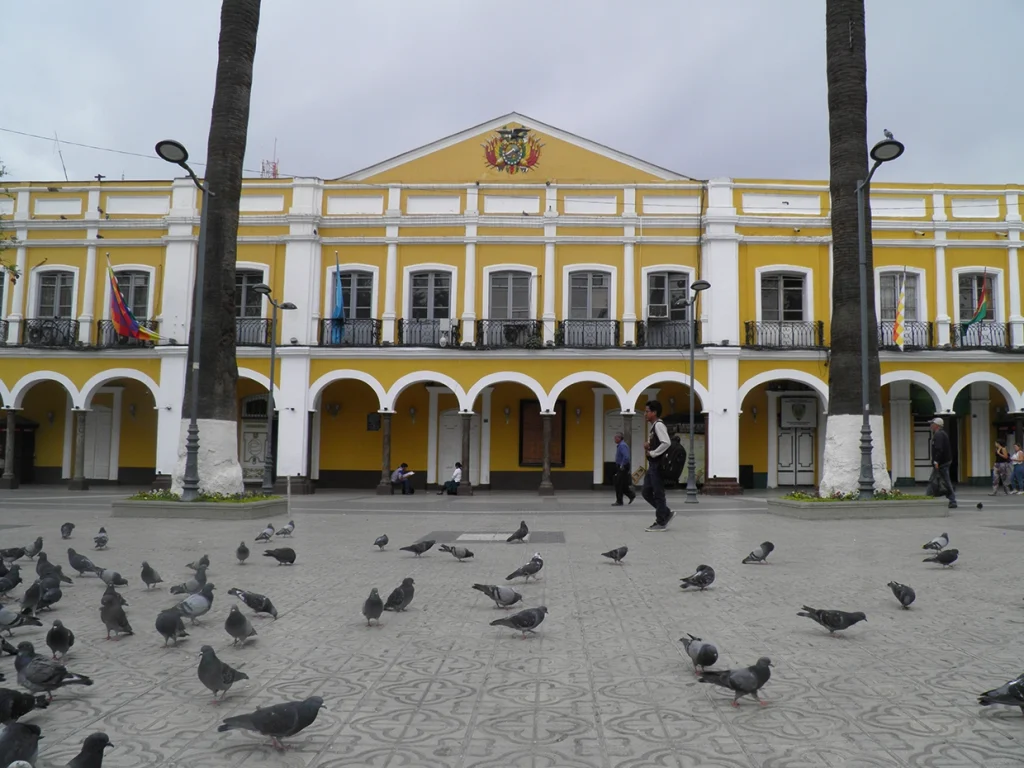
House of Culture
It is a cultural center located in a beautiful old house that offers art exhibitions, concerts and cultural events.

Portales Palace
It is a French-style palace built at the beginning of the 20th century that is now a museum. The building is impressive and has beautiful gardens.

Alalay Lagoon
This is a man-made lagoon located in the city that has walking and cycling trails, and is a popular place for water sports. It has in its surroundings a vehicular platform called “Bolivia circuit” that allows vehicular travel around it. It also has a cycle path of more than 15 km. The fauna found in Alalay lagoon is very varied. Five species of fish have been recorded: two platinchos as native species, the gambusia, carp and the silverside as an introduced species. also reptiles and birds.
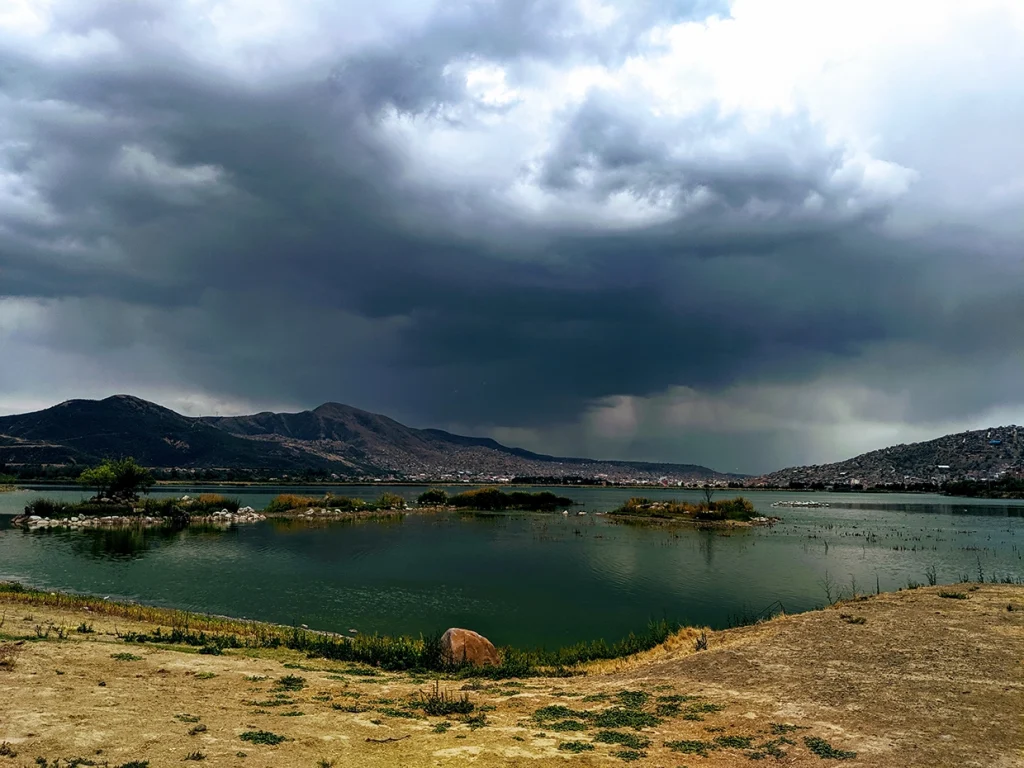
Martin Cardenas Botanical Garden
This garden has a wide variety of plants from the region, a lake and walking paths.
It emerged as a tribute to the greatest Bolivian botanist Martín Cárdenas Hermosa, born in Cochabamba, a great field researcher who was founder of the Faculty of Biology of the Universidad Mayor de San Simón and rector of the university for two terms. Among the objectives of the botanical garden are to promote research, teaching and exhibition of the flora of the province of Cochabamba.
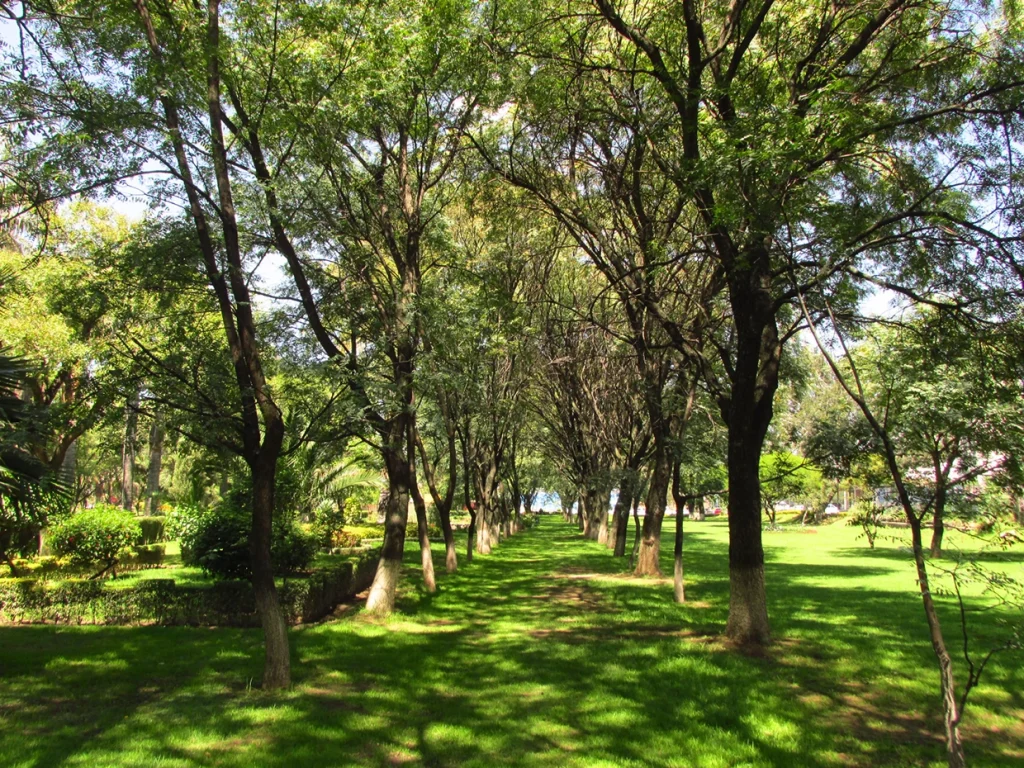
Tunari National Park
It is a natural reserve located near the city of Cochabamba. Here are some activities you could do in the park:
Hiking: The park has a large number of trails that will allow you to explore the natural beauty of the place. You can enjoy panoramic views and breathe fresh air as you walk.
Observation of fauna and flora: Tunari National Park is home to a wide variety of animal and plant species. You will be able to see everything from birds to mammals such as foxes and vizcachas.
Climbing: If you are a climbing lover, the park has several rock climbing areas.
Mountain biking: If you prefer cycling, you can enjoy a mountain bike tour along the park’s trails.
Sky observation: Due to its geographical location, Tunari National Park offers a clear night sky without light pollution, making it an ideal place for astronomical observation.
Camping: The park has several designated camping areas, where you can spend the night surrounded by nature.
Picnic: If you just want to enjoy a day outdoors, you can pack a picnic and enjoy a picnic in the park.

Villa Tunari
This is a small town located on the Chapare River in the heart of the Tunari National Park. There you can do various outdoor activities such as hiking, mountain biking and boating.
